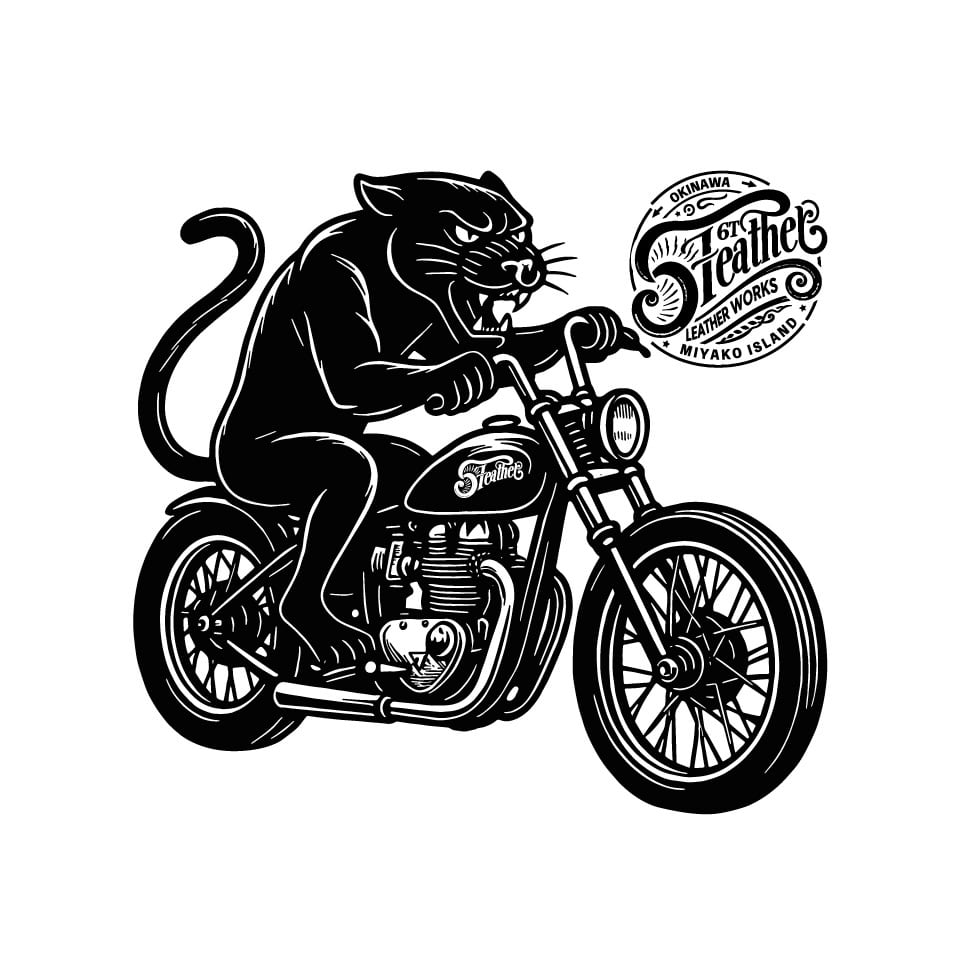2025/06/19 08:45
【ヨーロッパ目打ちから菱目打ちへ】

──ラインで魅せる、レザークラフトの進化
これまで使っていたのはヨーロッパ目打ち。

斜めのステッチラインが特徴で、縫い目に流れるようなリズムが生まれます。
クラシックでエレガントな雰囲気があり、レザーの上で優雅な表情を描く道具です。

そして今回、新たに「菱目打ち」へ切り替えました。

理由は──もっとシャープな印象を出したかったから。

菱目打ちは、刃の角度が浅く、縫い目が直線的に見えるのが特徴。
そのぶんキリッと引き締まった印象になり、無骨で力強い仕上がりに。
アメカジやワークスタイルとの相性も抜群です。
ヨーロッパ目打ちが“流れ”を作る道具だとすれば、
菱目打ちは“ラインを刻む”ための道具。

同じ糸、同じ革を使っても、目打ちを変えるだけで作品の空気がまるで変わります。
ほんの些細な道具選びが、仕上がり全体に大きく影響する。
──それがレザークラフトの奥深くて面白いところです。
【From European Pricking Iron to Japanese Diamond Iron】
—When the Stitch Line Defines the Style
Until recently, I had been using European pricking irons.
They produce beautifully slanted stitch lines with a flowing rhythm and an elegant, classic aesthetic.
You can see that smooth,
But now, I’ve made the switch to Japanese diamond irons.
Why?
Because I wanted something sharper—more defined.
The diamond iron has a shallower tooth angle, which results in straighter, cleaner stitch lines.
It brings a bold, crisp character to the leather—perfect for rugged styles and that American casual vibe.
If European pricking irons give your work a sense of “flow,”
Japanese diamond irons carve a strong, confident “line.”
Same thread. Same leather.
But change the iron, and everything shifts.
That’s the beauty of leathercraft—how small choices lead to a completely different impression.
